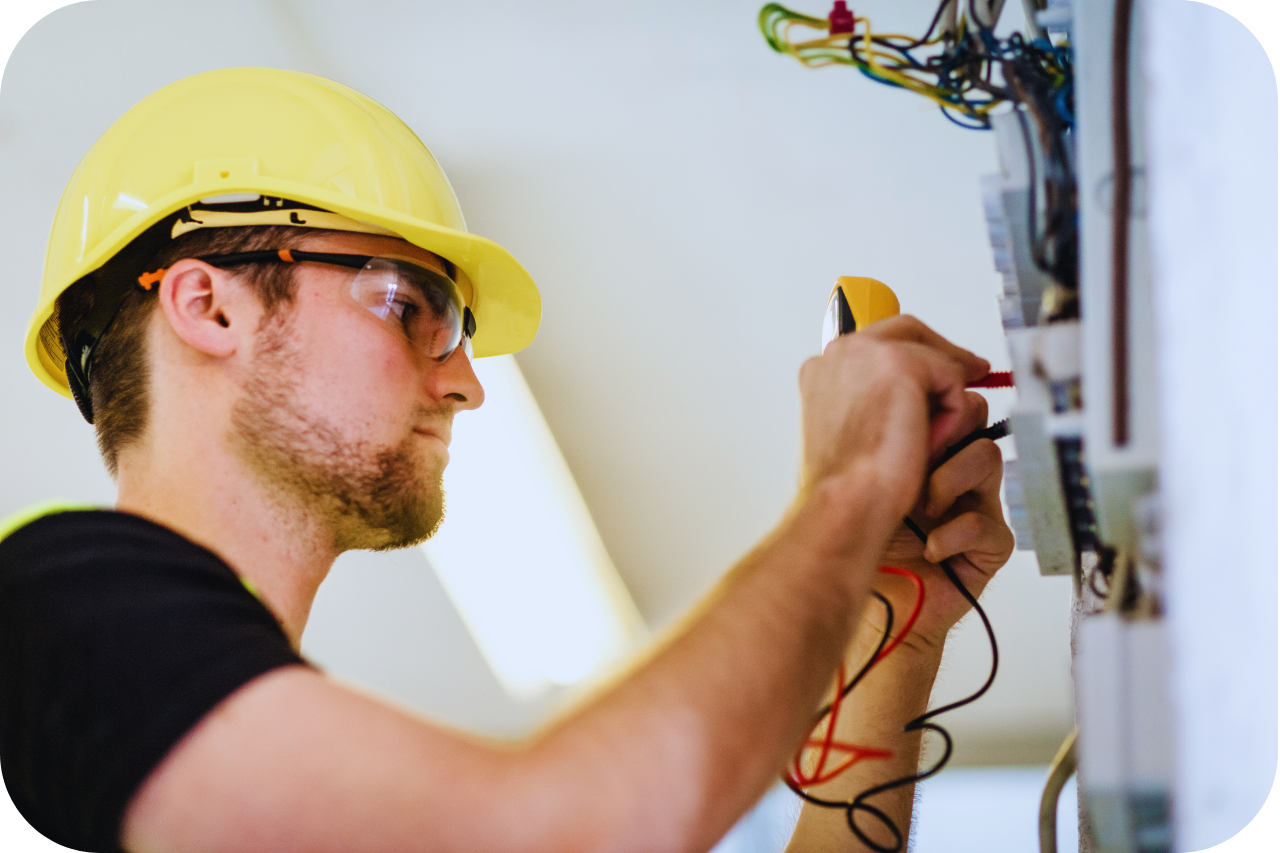The Roar Solutions Diaries
The Roar Solutions Diaries
Blog Article
What Does Roar Solutions Do?
Table of ContentsExamine This Report about Roar SolutionsGetting My Roar Solutions To WorkRoar Solutions Things To Know Before You Buy
In such an ambience a fire or explosion is possible when 3 standard problems are fulfilled. This is typically described as the "hazardous area" or "burning" triangular. In order to safeguard installments from a prospective explosion a method of evaluating and identifying a possibly unsafe area is needed. The function of this is to make certain the proper selection and setup of equipment to eventually prevent a surge and to make certain safety and security of life.
(https://pinshape.com/users/7197164-roarsolutions#prints-tab-open)
No tools should be mounted where the surface area temperature of the equipment is higher than the ignition temperature level of the given risk. Below are some typical dirt harmful and their minimal ignition temperature. Coal Dust 380C 225C Polythene 420C (thaws) Methyl Cellulose 420C 320C Starch 460C 435C Flour 490C 340C Sugar 490C 460C Grain Dust 510C 300C Phenolic Material 530C > 450C Aluminium 590C > 450C PVC 700C > 450C Soot 810C 570C The chance of the danger existing in a focus high adequate to trigger an ignition will differ from place to place.
In order to categorize this threat a setup is split into locations of risk relying on the amount of time the dangerous is present. These areas are referred to as Zones. For gases and vapours and dirts and fibers there are 3 zones. Zone 0 Area 20 A harmful atmosphere is highly likely to be existing and may exist for long periods of time (> 1000 hours each year) or perhaps continuously Area 1 Zone 21 An unsafe ambience is possible but unlikely to be existing for extended periods of time (> 10 450 C [842 F] A classification of T6 suggests the minimum ignition temperature level is > 85 C [185 F] Harmful area electric tools maybe developed for use in greater ambient temperatures. This would showed on the score plate e.g. EExe II C T3 Ta + 60C( This indicates at 60C ambient T3 will not be gone beyond) T1 T1, T2, T3, T4, T5, T6 T2 T2, T3, T4, T5, T6 T3 T3, T4, T5, T6 T4 T4, T5, T6 T5 T5, T6 T6 T6 A T Class score of T1 suggests the maximum surface temperature produced by the tool at 40 C is 450 C. Assuming the connected T Class and Temperature level score for the equipment are ideal for the area, you can constantly use an instrument with a much more rigid Department score than needed for the location. There isn't a clear response to this inquiry. It actually does rely on the type of devices and what fixings require to be executed. Tools with certain test treatments that can't be performed in the area in order to achieve/maintain 3rd celebration rating. Should return to the manufacturing facility if it is prior to the devices's solution. Field Repair Service By Authorised Employee: Complex screening may not be required however details treatments might need to be followed in order for the tools to preserve its 3rd party ranking. Authorised personnel have to be used to execute the job appropriately Fixing must be a like for like replacement. New element have to be taken into consideration as next a straight replacement calling for no special screening of the devices after the repair work is total. Each piece of tools with a dangerous ranking should be examined individually. These are described at a high level listed below, but also for more detailed info, please refer directly to the standards.
Roar Solutions Things To Know Before You Buy
The equipment register is a comprehensive data source of tools documents that includes a minimum collection of areas to identify each item's location, technological parameters, Ex classification, age, and ecological data. The ratio of Thorough to Shut assessments will certainly be identified by the Devices Risk, which is examined based on ignition risk (the chance of a source of ignition versus the possibility of a combustible atmosphere )and the hazardous area category
( Zone 0Area 1, or 2). Applying a robust Risk-Based Assessment( RBI )technique is important for ensuring conformity and safety in handling Electric Equipment in Hazardous Areas( EEHA).
Rumored Buzz on Roar Solutions

In regards to explosive danger, a hazardous location is an environment in which an explosive environment exists (or might be anticipated to be existing) in quantities that call for unique precautions for the construction, setup and use of tools. high voltage courses. In this article we explore the difficulties encountered in the office, the risk control measures, and the called for competencies to function safely
These substances can, in particular problems, develop explosive environments and these can have major and terrible consequences. Many of us are acquainted with the fire triangular eliminate any one of the 3 elements and the fire can not occur, but what does this mean in the context of harmful locations?
In the majority of circumstances, we can do little concerning the levels of oxygen in the air, but we can have significant impact on sources of ignition, for instance electrical devices. Harmful locations are documented on the harmful location category illustration and are determined on-site by the triangular "EX" sign. Here, amongst various other vital information, zones are divided into three types depending upon the threat, the likelihood and period that an eruptive ambience will certainly exist; Zone 0 or 20 is considered the most unsafe and Area 2 or 22 is deemed the least.
Report this page